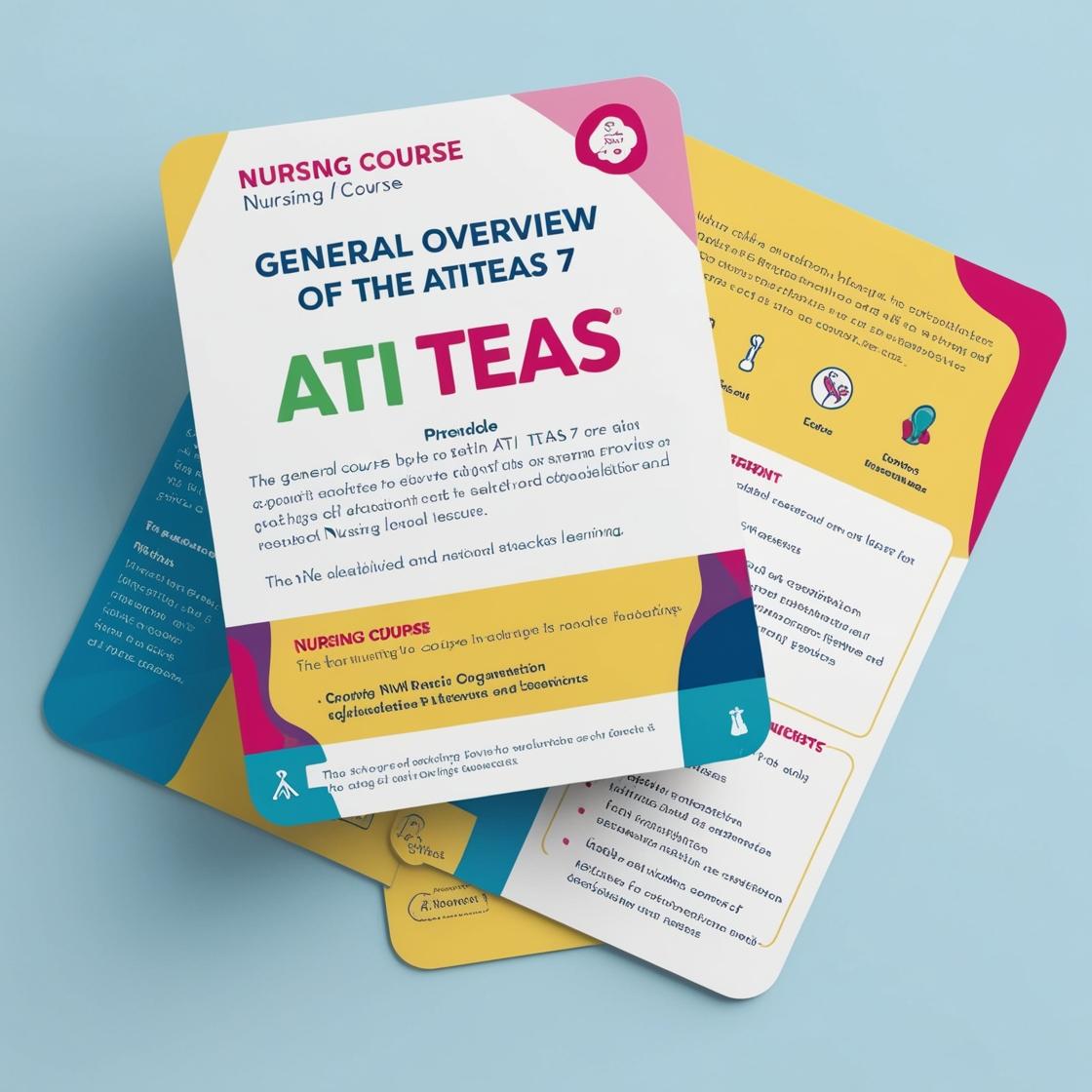ATI TEAS 7
ATI TEAS 7 Reading Practice Test
1. Which statement from the passage best supports the conclusion that taking notes and recording audio during an interview is a good practice for journalists?
- A. Journalists often use a recording device to capture the audio transcript of an interview with a subject.
- B. Relying on a recording device is not without troubles, however.
- C. As a result, a portion of an interview can be lost without any way to reclaim it.
- D. This dual-note method means that most of the time, a wise journalist has two good resources to use as he or she writes the article draft.
Correct answer: D
Rationale: The statement about the dual-note method best supports the conclusion that taking notes and recording audio is a good practice. It highlights the advantage of having two resources - notes and audio recordings - which provide comprehensive coverage of the interview. Choice A simply mentions the use of a recording device but does not emphasize the benefits of combining it with note-taking. Choices B and C focus on the limitations or potential issues with using recording devices, which do not promote the practice as positively as Choice D.
2. What is the purpose of the italicized text in the passage?
- A. To show Madame Butterfly's title
- B. To emphasize an idea
- C. To format a heading
- D. To indicate the title of the opera
Correct answer: D
Rationale: The purpose of the italicized text is to indicate the title of the opera, Madame Butterfly. In the text, 'Madame Butterfly' is italicized to highlight that it refers to the title of the opera written by Giacomo Puccini. It does not serve to show Madame Butterfly's thoughts (choice A), emphasize an idea (choice B), or format a heading (choice C). The italicization is specifically used to identify the title of the opera within the passage.
3. Which of the following would be the best concluding statement for this passage?
- A. States should consider the importance of foreign languages for the global economy when making policies regarding foreign language requirements for high school graduation.
- B. Policies for high school graduation should consider the significance of foreign languages for the global economy, college acceptance rates, and job opportunities.
- C. Influence of a second language on college acceptance rates warrants a foreign language class as a high school graduation requirement.
- D. The difficulty of obtaining a job in today’s economy without knowledge of multiple languages should be considered when setting foreign language requirements for high school graduation.
Correct answer: B
Rationale: Choice B provides the best concluding statement for this passage as it encapsulates the main argument and key supporting details presented in the extract. The passage emphasizes the importance of foreign languages for the global economy, the impact on college acceptance rates, and enhanced job opportunities for individuals proficient in more than one language. Choice B effectively summarizes these points, making it the most appropriate conclusion. Choices A, C, and D, while related to the main argument, only touch on one supporting detail each. Choice A focuses solely on the importance of foreign languages for the global economy, while choice C emphasizes the influence of a second language on college acceptance rates. Choice D highlights the difficulty of job acquisition without knowledge of multiple languages. These choices do not encompass the breadth of supporting details provided in the passage, making them less effective as concluding statements.
4. Assuming this statement is true, which of the answer choices is a logical conclusion?
- A. Whole language is more effective at teaching people to read than phonics.
- B. Phonics is more effective at teaching people to read than whole language.
- C. Literacy rates will probably continue to decline over the next 15 years.
- D. The definition of what it means to be literate is much stricter now.
Correct answer: B
Rationale: If we consider the information provided in the extract that literacy rates were higher when phonics was predominantly used and have declined since whole language programs became more popular, it logically follows that phonics is more effective at teaching people to read than whole language. Choice A is incorrect as the extract suggests the opposite. Choice C cannot be concluded based on the information provided; it is an assumption beyond the scope of the data. Choice D is also unrelated to the information given and does not logically follow from the provided statement.
5. What would this author's attitude likely be towards a person unable to find employment?
- A. Descriptive
- B. Conciliatory
- C. Ingenuous
- D. Incredulous
Correct answer: D
Rationale: The author's likely attitude towards a person unable to find employment would be incredulous. The passage emphasizes the abundance of job opportunities in the United States and suggests that finding employment should not be difficult for those willing to work. The author believes that with the numerous avenues of success and available vocations, anyone who is willing to engage in a respectable occupation should be able to find lucrative employment. Therefore, the author would find it hard to believe or be skeptical towards someone who claims they cannot find a job. Choice A, 'Descriptive,' is incorrect as the author's attitude is more judgmental than just describing a situation. Choice B, 'Conciliatory,' is incorrect as the author does not show any intention to reconcile or make peace with the situation of unemployment. Choice C, 'Ingenuous,' is incorrect as this term means innocent or naive, which does not align with the author's likely attitude of disbelief towards unemployment.
Similar Questions

Access More Features
ATI TEAS Premium Plus
$150/ 90 days
- Actual ATI TEAS 7 Questions
- 3,000 questions with answers
- 90 days access
ATI TEAS Basic
$99/ 30 days
- 3,000 Questions with answers
- 30 days access
